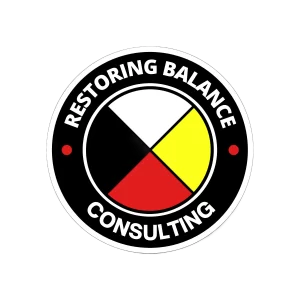Victim makes trauma kit
Shayne Morrow, AlberniValley Times
Published: Wednesday, June 04, 2008
In 1998, Prince Rupert resident Gerald Kiesman couldn’t find the resources he needed to deal with a past history of trauma and abuse. Ten years later, after intense counselling and extensive training, he’s created a Trauma Resource Kit for Aboriginal Communities.
The kit itself provides resource materials for communities to identify and deal with the victims of trauma and post-traumatic stress disorder (PTSD) in their midst. And the numbers are staggering, Kiesman said.
“The B.C. Aboriginal Network on Disability Society (BCANDS) has estimated that 30% of aboriginal people suffer from PTSD. With about one million aboriginal people in Canada, that’s 300,000 people,” Kiesman told the Times. And the numbers for the non-aboriginal population are likely to be much higher than anyone would expect, he added.
The Trauma Resource Kit contains a training manual for frontline workers, theory of trauma and PTSD, and healing guides for residential school survivors, for aboriginal children and youth and for people with a disability.
Kiesman said he wanted to have the kit in place prior to the completion of the Truth and Reconciliation process. He believes that the process, while providing opportunity for healing, will cause communities to re-live the trauma of the past.
“When that happens, I want them to be able to access the kind of support and resources they will need,” Kiesman said. The Alberni Indian Residential School left a legacy of tortured memories for survivors up and down the B.C. Coast, he noted, and a host of downstream effects for their children.
Kiesman said his own experience led him to go beyond personal healing, and to try to bring healing to others.
“It all started in 1997, when (former NHL player) Sheldon Kennedy spoke in Prince Rupert,” he said. Kennedy gained national attention for coming forward with his history of sexual abuse at the hands of a minor hockey coach. Kiesman said Kennedy’s story led him to pursue charges against his own childhood abuser.
“I started my healing in 1998, but in those days, you couldn’t find much about trauma and PTSD,” Kiesman said. But he persevered with his counselling and education, and in 2007, became involved in a pilot project through BCANDS.
“We visited about 20 aboriginal communities, including some in Nuu-chah-nulth territories, doing healing workshops on trauma and PTSD,” Kiesman said. Those workshops focused on residential school survivors and their adult descendants.
“But over and over, we heard that they wanted something for youth,” he said. That led to the extension of the trauma kit project to include children and youth.
But in learning about trauma and PTSD in the aboriginal population, Kiesman said he’s come to realize how pervasive the problem is. He is now near completion of a more generic resource kit for the non-aboriginal population.
SMorrow@avtimes.net
